Football
Monday's deadly stampede outside the Olembé stadium in Yaoundé, Cameroon, before an African Cup of Nations (CAN) match has many precedents around the world. In most cases, spectators are crushed to death against the entrance of the stadium as a result of a crowd movement, often caused by clashes between fans.
It is still a mystery how many people died in a stampede in Moscow's Luzhniki stadium in October 1982 at the end of a Spartak match against Dutch club Haarlem: 66 according to the authorities, but 340 according to the daily Sovietski Sport, making it the worst disaster in 50 years, ahead of the one in Peru in May 1964.
This one caused 320 deaths and a thousand injuries during a Peru-Argentina match at the Nacional Stadium in Lima, following a crowd movement in the stands. The doors of the stadium being closed, the supporters could not escape and died trampled or asphyxiated.
Dilapidated stands
In Europe, the Heysel tragedy in Brussels in May 1985 (39 deaths) particularly struck people. Before the start of the match between Liverpool and Juventus, English hooligans invaded a stand where many Juve tifosi were present. The crowd's pressure led to the collapse of the dividing gates and a low wall.
On April 15, 1989, 96 Liverpool fans died in a stampede in the dilapidated stands of Hillsborough Stadium in Sheffield, during the semi-final of the English Cup between Liverpool and Nottingham Forest. In Egypt, in February 2012, in Port Said, clashes between supporters of the local club Al-Masry and the Cairo club Al-Ahly resulted in 74 deaths and hundreds of injuries in Port Said.
- Accra in May 2001 (between two Ghanaian teams): 126 deaths.
- Guatemala in October 1996 (Guatemala-Costa Rica): 90 deaths and 150 injured.
- Buenos-Aires in June 1968 (derby between local teams): 71 deaths and about 150 injured.
- Glasgow (Scotland) in January 1971 (Rangers-Celtic derby): 66 dead. The Ibrox Stadium had already experienced a collapse of a stand in 1902 with 26 dead.
- Bradford (England) in May 1985 (against Lincoln City): 56 dead in the fire of the main wooden stand.
- Cairo in February 1974 (between the club Zamalek and the Czech Dukla Prague): 48 dead.
- Johannesburg in April 2001 (between the big South African teams Orlando Pirates-Kaiser Chiefs): 43 dead. Ten years earlier, during a match in Orkney between the same teams, clashes had left 40 dead.
- Kayseri (Turkey) in September 1967 (between local clubs): 40 dead and 600 injured in fights over a disputed goal.
- Abidjan in March 2009 (Ivory Coast-Malawi): 20 dead and over 130 injured.
- Cairo in February 2015 (Egyptian championship): 19 dead in clashes between police and fans.
- Athens in February 1981 (between Olympiakos and AEK Piraeus): 21 dead.
- Bastia in May 1992 (French Cup semi-final against Marseille): 19 dead and more than 300 injured after the collapse of a stand in the Furiani Stadium.
- Uige (Angola) in February 2017 (between two local clubs): at least 17 dead and about 60 injured.
- Dakar (Senegal) in July 2017 (after the League Cup final): eight dead and hundreds injured in scuffles, a crowd movement and the collapse of a wall in Dakar's Demba Diop stadium.



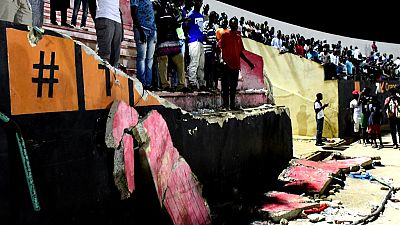

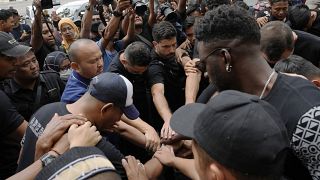
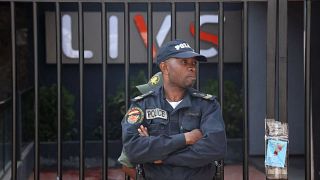



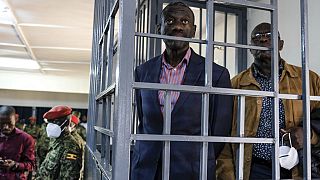
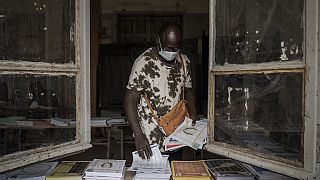
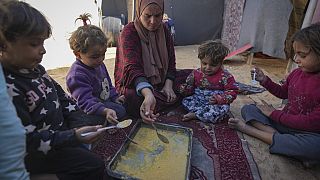

Go to video
Football: Fatawu injured for the rest of the season
Go to video
Tanzania, Botswana, Mozambique secure 2025 AFCON spots
01:15
Tanzania building collapse: Rescue efforts continue as govt vows stern action
01:35
FIFA unveils golden trophy in collaboration with Tiffany & Co.
00:56
World's oldest active footballer to return for 40th season at age 58
00:54
Vinicius Junior was Africa's favorite for Ballon d’Or - Poll results